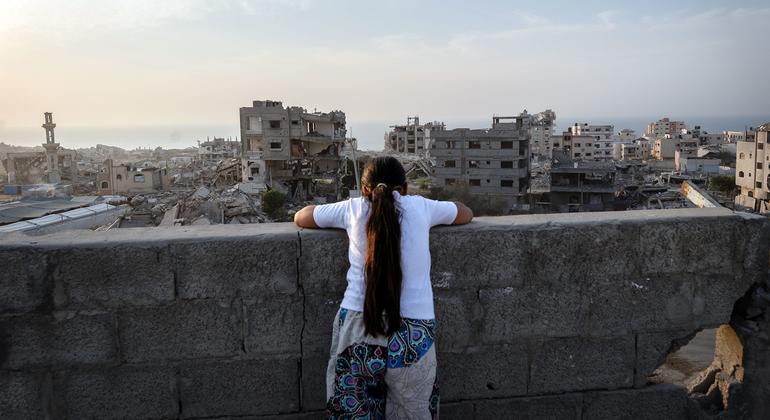Issuing a warning that the children’s sense of stability and security has been eroded as key everyday services have collapsed, humanitarians insist that young Gazans will need “sustained, long-term efforts to recover”.
According to child…

Issuing a warning that the children’s sense of stability and security has been eroded as key everyday services have collapsed, humanitarians insist that young Gazans will need “sustained, long-term efforts to recover”.
According to child…